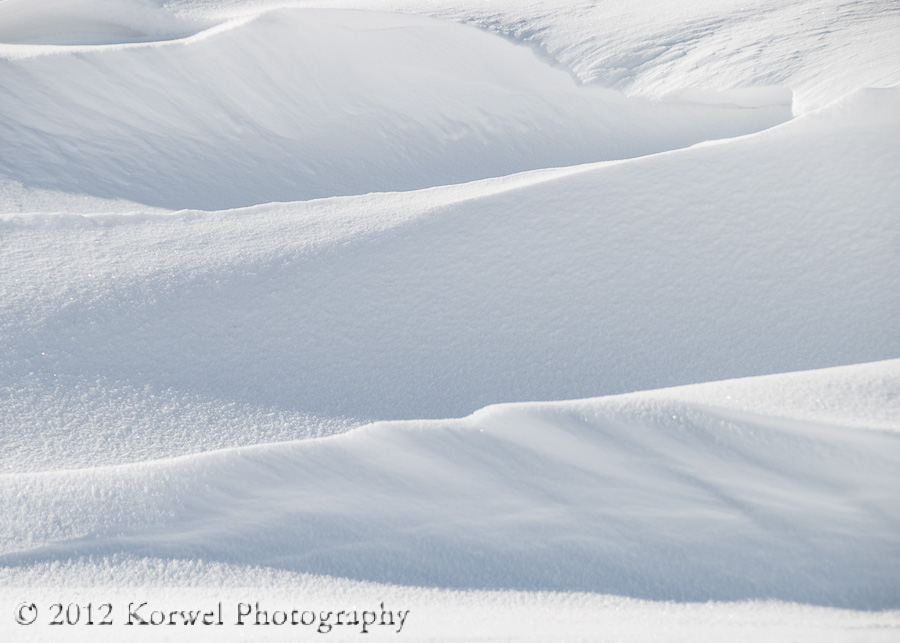Lightroom 4 – high time to let Photoshop go
Unless you were living in a cave for last week, you must have heard about Lightroom 4. On Tuesday, Adobe released public beta version of this popular software. It means everybody can download Lightroom 4 for free, import some images into it and start exploring. Among new features, Brightness and Exposure sliders were combined into one, and a new module- Book was added. You can see more details on that on Terry White’s blog, among many others.
As usual on such occasion, many bloggers were writing on it on their blogs, regardless if they are Lightroom users or not. You know first rule of blogging – write about something which is hot. I have nothing against it, after all this is what I am doing now. ;) But if you write about something just to make sure you keep in touch with the news, you might end up telling nonsense. Among others, the most “interesting” opinions” I saw this week was “new version of this image management software” and “very powerful tool for the average photographer who wants to get more out of their images without spending the money and taking the time to learn Photoshop”. Really?
The release and blog frenzy coincidentally happend shortly after I was helping in Lightroom instruction in a local camera club. There were several people in the audience, mildly interested in learning more about Lightroom, but not really sure they will pursue it further. After all, it would require from them to learn new software, where post-processing philosophy is totally different. See the irony? It sounds almost like Nikon-Canon battle. I use Lightroom, why would I learn Photoshop. I know Photoshop, why would I learn Lightroom?
Of course, Photoshop is very powerful tool. For artists, graphics, photographers, and many other creative folks. It has a lot of advanced image manipulation options, layers, masks. It is so complex, that doing simple tasks like adjusting mid-tones requires several clicks, after spending 15 min Googling in which menu it is hiding. And after making decision if you want to do it on the separate layer or destroying your RAW capture.
In contrast, Lightroom was designed from ground up with a photographer in mind. There are few more modules then just Library for excellent image organization, with folders, collections, and many tagging options. There is complete Development module, which easily lets you post-process many images at the same time. You can adjust exposure, with sliders, or cuves, effect each color separately, it has excellent noise reduction. Those are global adjustment , and since version 2- you can also do touch-ups with Local Adjustment brush. You want to create several versions of the same image? Color, black and white, duotone? Just create Virtual Copies or make Snapshots, and it is all virtual, almost not taking space on your hard drive. You can also create collections, virtual sets also almost not taking additional space on your hard drive, of images to print, prepare a slide show, web gallery, book.
If all of this is not enough to convince you, let me tell you that. Many real, professional photographers (as opposed to “average photographer”) are using Lightroom as a sole post-processing tool or as major one, with just scarce trips to Photoshop for some more complex tasks. They even share their workflow ideas in books (and e-books), telling you what and how can be done. To give you just examples, take a look at “Light & Land” by Michael Fry, “Vision and Voice” by David DuChemin and “Taking stock” by Rob Sylvan. It is whole range of photographic genres represented here, landscape, portraiture, stock photography…
Bottom line- if you are at least a little bit open to a change, take the opportunity to familiarize yourself with Lightroom right now. Download the Lightroom 4 beta, for free. Import few images. Check out many tutorials and resources, the link will take you to constantly updated site by Tom Hogarty. Understand, that Lightroom is so much more than image organization, and in fact, it will save you a lot of time in opst-processing your images.
Meantime, I am going to discover some more possibilities with winter photos in Lightroom 4.
The links in this post are affiliate links. I was also provided a free review copy of the e-book. See details of our affiliate policy here.

